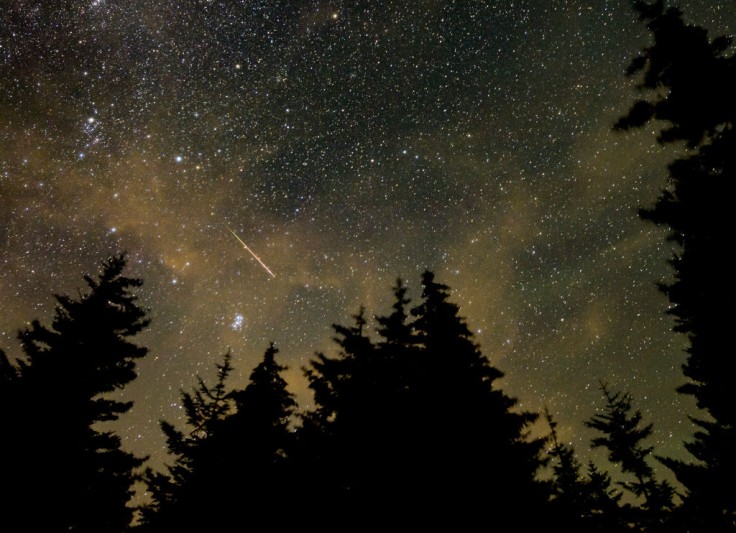2022 is just about to end, but the Geminid meteor shower in 2023 is still something to look forward to. It will occur between November 19 to December 24 and will peak on the nights of December 13-14, according to Space.com.

Why 2023 is a Great Year to Watch the Geminid Meteor Shower?
2023 promises a great year for the Geminid meteor shower viewing as its peak coincides with the new moon on December 12.
Since there will be no interference from moonlight, viewers will be able to see up to 150 meteors per hour during peak times, according to the American Meteor Society.
The Geminid meteor shower is different from the majority of the meteor showers that we experience here on Earth since the Geminids are the product of an asteroid.
It produces bright meteors that are associated with the asteroid Phaethon. The said asteroid is a strange blue rock that acts like a comet.
Many sky watchers look forward to viewing the Geminids every year as they are considered one of the best meteor showers because the individual meteors are bright. Moreover, they come fast and furious.
According to known records, the Geminid meteor shower is almost 200 years old. The first recorded observation of the said meteor shower was in 1833 from a riverboat on the Mississippi River.
The meteor shower is even going stronger. That is because, over the centuries, Jupiter's gravity has tugged the stream of particles from the shower's source, the asteroid 3200 Phaethon, closer to planet Earth.
Meteor showers happen when the Earth passes through streams of debris that are left behind in the wake of comets and asteroids.
According to InTheSky.Org, the pieces of debris in these streams distribute themselves along the length of the parent object's orbit over time around the solar system.
On some specific days of the year, the Earth's orbit passes through particularly dense streams, and this gives rise to an annual meteor shower.
Such meteor showers happen on an annual basis whenever the Earth passes a particular point in its orbit where it crosses a specific stream of material.
Read Also: Geminids Is the Best Meteor Shower of 2021: How to Take Photos of the Epic Fireball
Where Can You See the Geminid Meteor Shower?
The Geminid meteors are best visible from the Northern Hemisphere. However, they can also be spotted in the Southern Hemisphere.
The name of meteor showers is based on the constellation from which the meteors appear to emanate, or known as the radiant.
Based on the Earth's perspective, the Geminid meteor shower seems to originate from approximately the direction of the Gemini constellation.
It is fairly easy to spot the Gemini constellation in the night sky because it is located northeast of the constellation Orion, just between the Taurus and Cancer constellations.
You will easily spot the two brightest stars in the constellation, Castor and Pollux, representing the heads of the Gemini twins.
However, you don't have to look directly at Gemini to find Geminid meteors since the shooting stars will be visible across the night sky.
Instead, move your gaze around the nearby constellations. That is because meteors that are closer to the radiant have shorter trains and are more difficult to spot. If you focus on Gemini, you might miss the more spectacular Geminids.
Related Article: Don't Miss the Geminid Meteor Shower on December 14th









